Trends
Five questions to ask before buying a laboratory-grown diamond
If you want to invest in a laboratory-grown diamond engagement ring or jewel, use this step-by-step guide to ensure you get the best possible stone
June 7, 2021 By Julia Griffith
Laboratory-grown diamonds are one of the most talked-about developments in the jewellery world right now, as brands including Pandora embrace these man-made but chemically identical stones.
Though there is a lot of debate around the sustainability claims of laboratory-grown diamonds, these gems are proving popular with ethically minded shoppers who want all the sparkle and strength of a diamond without perpetuating the impact of mining on the planet. These alternative diamonds also appeal to those looking to make their budget go further, as they can be on average 65% cheaper than mined diamonds, according to my own research.
If you are considering buying a laboratory-grown diamond engagement ring or piece of jewellery, you might be wondering what questions you should ask to ensure you get the best stone. As an expert in this field, these are the top five questions I would advise you to ask your jeweller.
Pandora 14ct gold and lab-grown diamond Brilliance ring, £1,290, shop at Pandora
1
What is the quality of the stone?
The quality of laboratory-grown diamonds is increasingly being described in relation to the Four Cs used to assess mined diamonds – colour, clarity, cut quality and carat weight. These grades are assigned in the exact same way as for natural diamonds. The more colourless, the less inclusions and the better the quality of cut, the more beautiful the stone. High-quality grades are relatively common for laboratory-grown diamonds, so it is easy to find a top-quality stone at a reasonable price.
2
How was the stone produced?
Laboratory-grown diamonds are either grown by HPHT synthesis (high pressure high temperature) or CVD synthesis (chemical vapour deposition). One is not better than the other, however the resulting stones might show particular features due to production method. If a retailer cannot answer this simple question for you, they might not be part of the transparent supply chain you are looking for.
3
Does the stone have any undesirable colour tints?
Stones produced by HPHT synthesis can show a subtle blue hue. This is sometimes referred to as a blue nuance and appears pale blue to grey. This is considered a negative feature and some retailers actively avoid stocking these stones. This blue nuance might be noted under the comments section in an accompanying laboratory-grown diamond report.
Nomis 14ct gold and lab-grown diamond Olga ear cuff, €2,915, shop at Nomis
In stones grown by CVD synthesis, brown tints are extremely common. Nearly two-thirds of CVD laboratory-grown diamonds are decolourised after growth by subjecting the stones to treatments. This sometimes results in a subtle brown tint that some deem unattractive.
To avoid colour tints entirely, I would recommend opting for a colourless stone equivalent to colour grades D, E and F (or those graded as colourless). Such grades are very common for stones produced by HPHT synthesis and are slowly becoming more common for stones grown by CVD.
4
Does the stone have phosphorescence?
Some colourless laboratory-grown diamonds grown by HPHT emit an orange glow after exposure to daylight. This after-glow is known as phosphorescence and can last anywhere from 10 seconds to several minutes. This property is considered a negative feature, but it will not be disclosed on a laboratory-grown diamond report.
Matilde 14ct gold and heart-shaped lab-grown diamond Terra necklace, £1,300, shop at Matilde
A vendor should be able to discuss phosphorescence with you and will know how to check for it. You can have a look for yourself by holding the stone in daylight for a few minutes before plunging the stone into darkness and looking for an orange glow from the stone.
5
How sustainable is the supplier?
Many consumers are attracted to the promise of transparent and sustainable practices with laboratory-grown diamonds. However, like with natural diamonds, the supply chain is not always clear cut, and obtaining evidence to back up claims of sustainability can be difficult.
Not all laboratory-grown diamonds are grown with equal benefits to the environment. The energy involved in producing a laboratory-grown diamond can be significant. If you are worried about environmental impact and the use of fossil fuels, you might want to dig deeper and do additional research to find a vendor that is right for you. It is essential to ask the tough questions if sustainability is your main driver for purchasing a laboratory-grown diamond.
Anabela Chan recycled aluminium, 18ct gold and lab-grown diamond Blooms Gold Petal earrings, £520, shop at Anabela Chan
Julia Griffith is a gemmologist and the founder of The Gem Academy, which offers online courses on specialist gemmological subjects


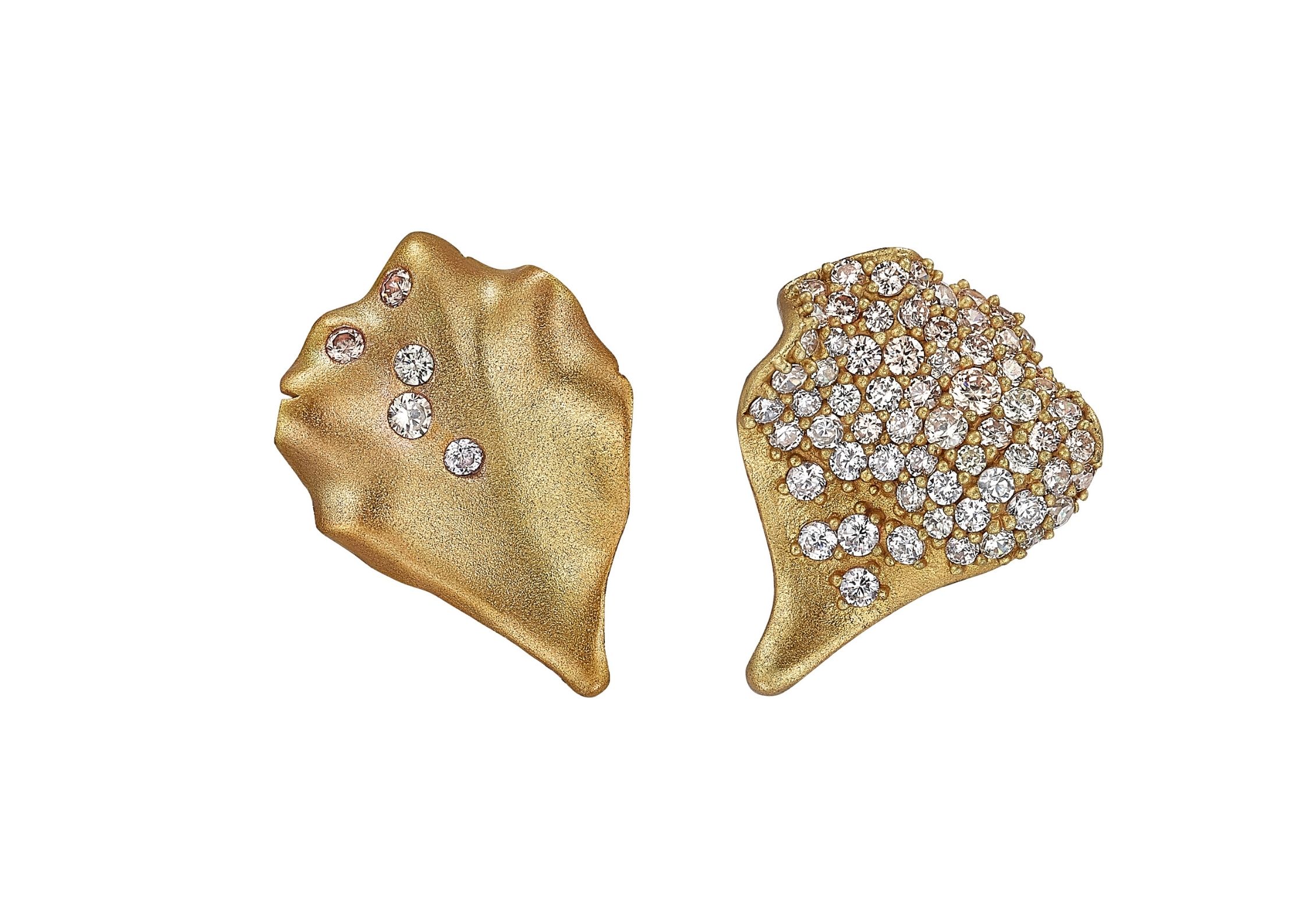
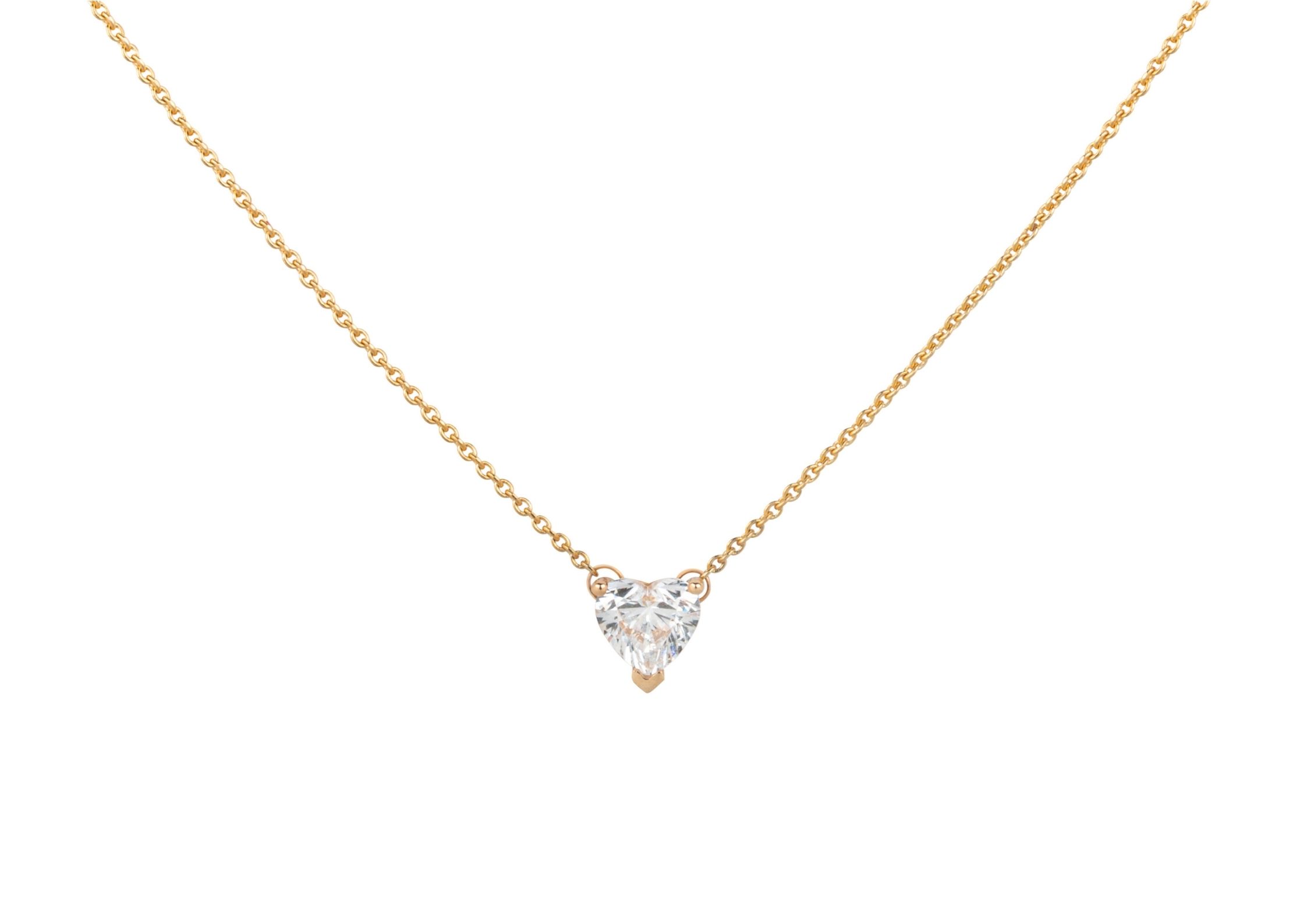
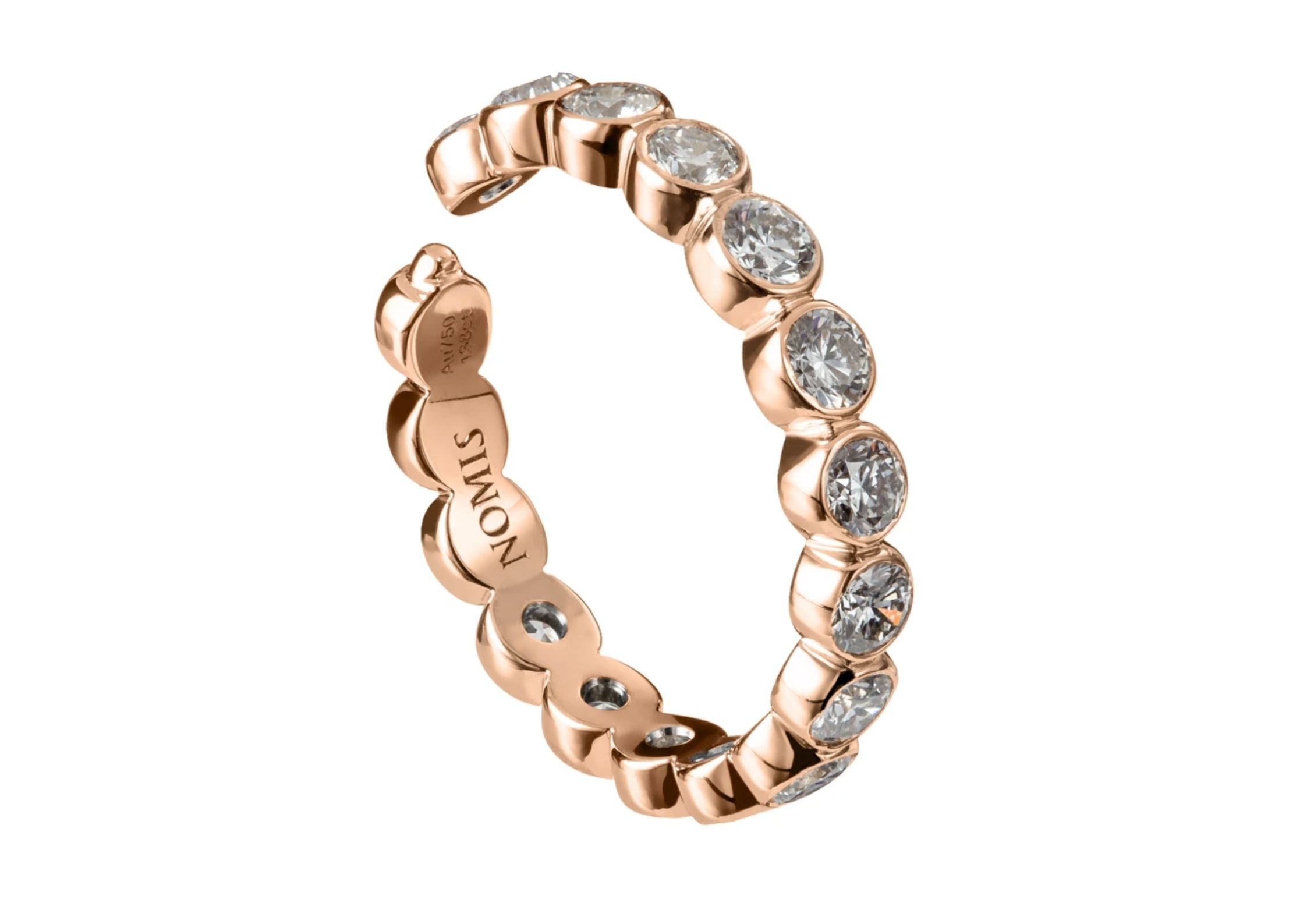

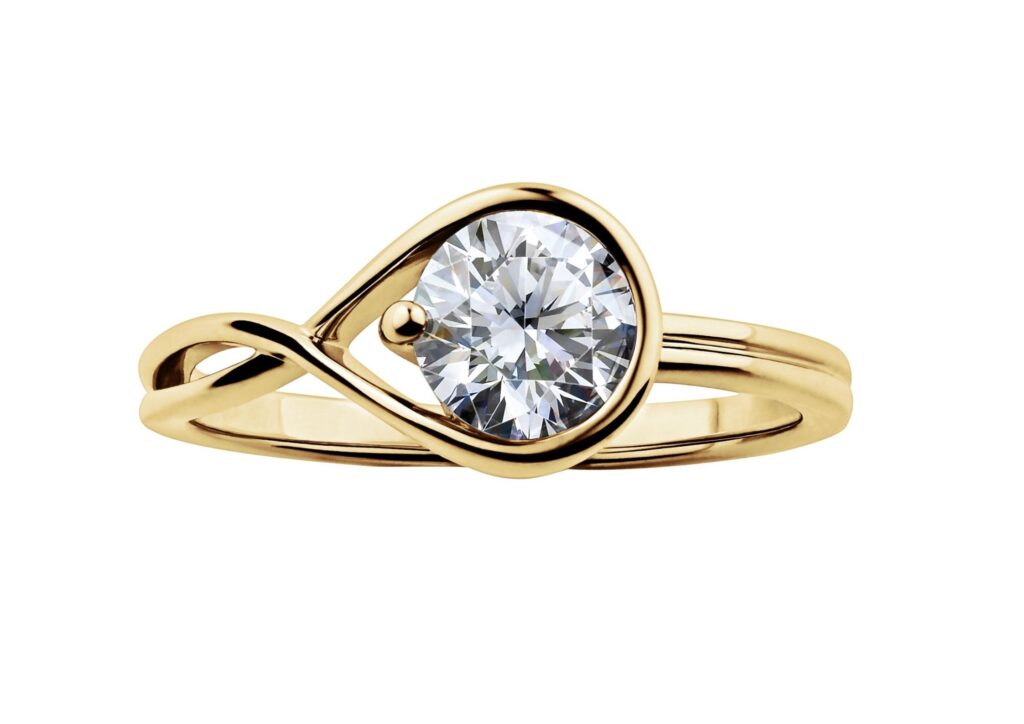
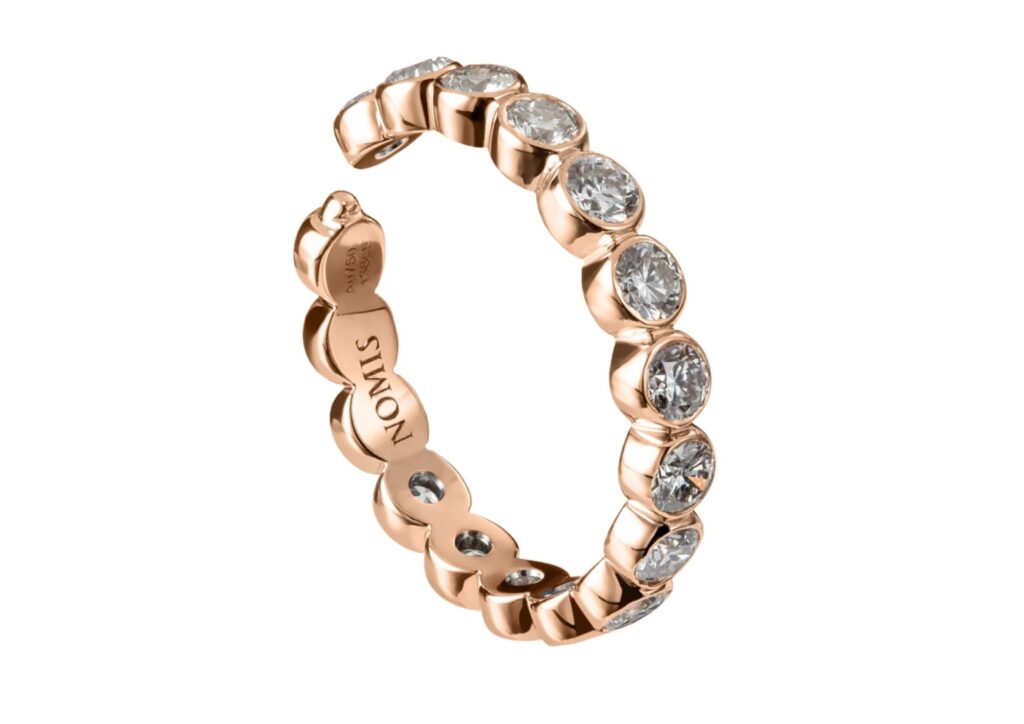
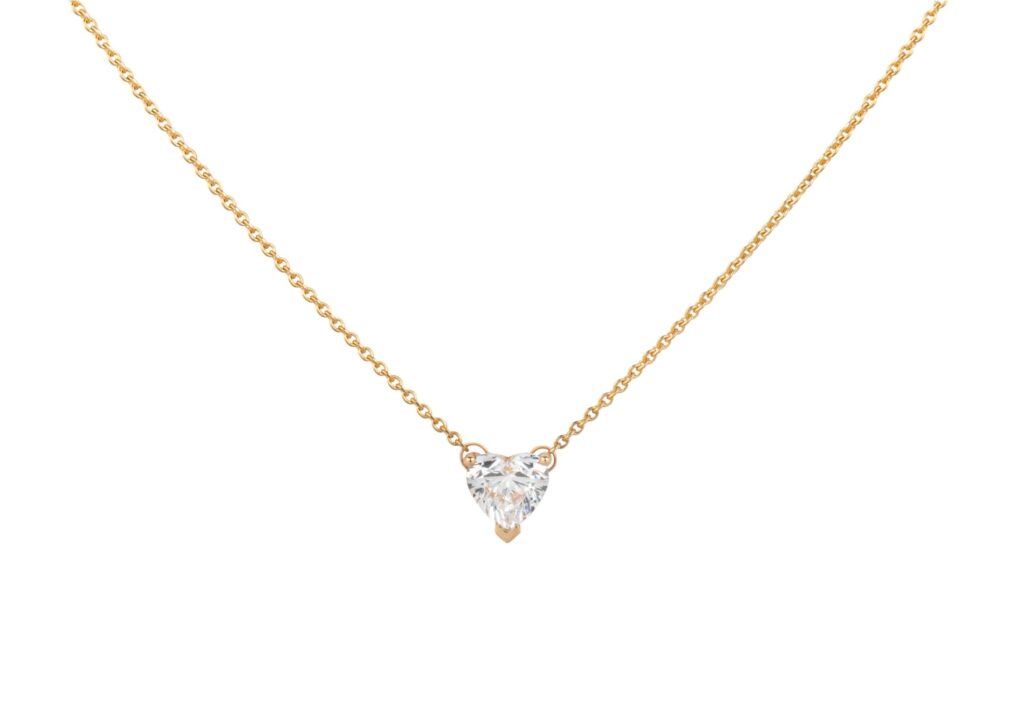
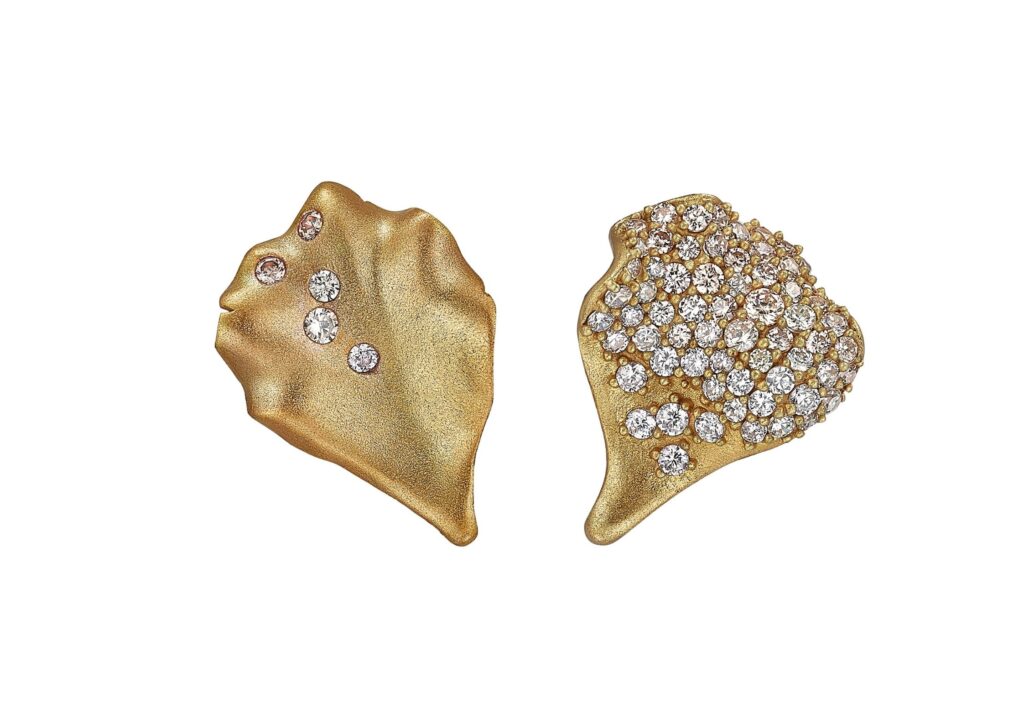



Comments:
Posted by: Saumil Soni
Thanks for the Informative blog I found your blog and https://dreamdiamonds.com.au/ blog very informative keep posting.
Name
Email (will not be shared)
Your Reply
Posted by: Saumil Soni
Thanks for the Informative blog I found your blog and https://dreamdiamonds.com.au/ blog very informative keep posting.
Name
Email (will not be shared)
Your Reply